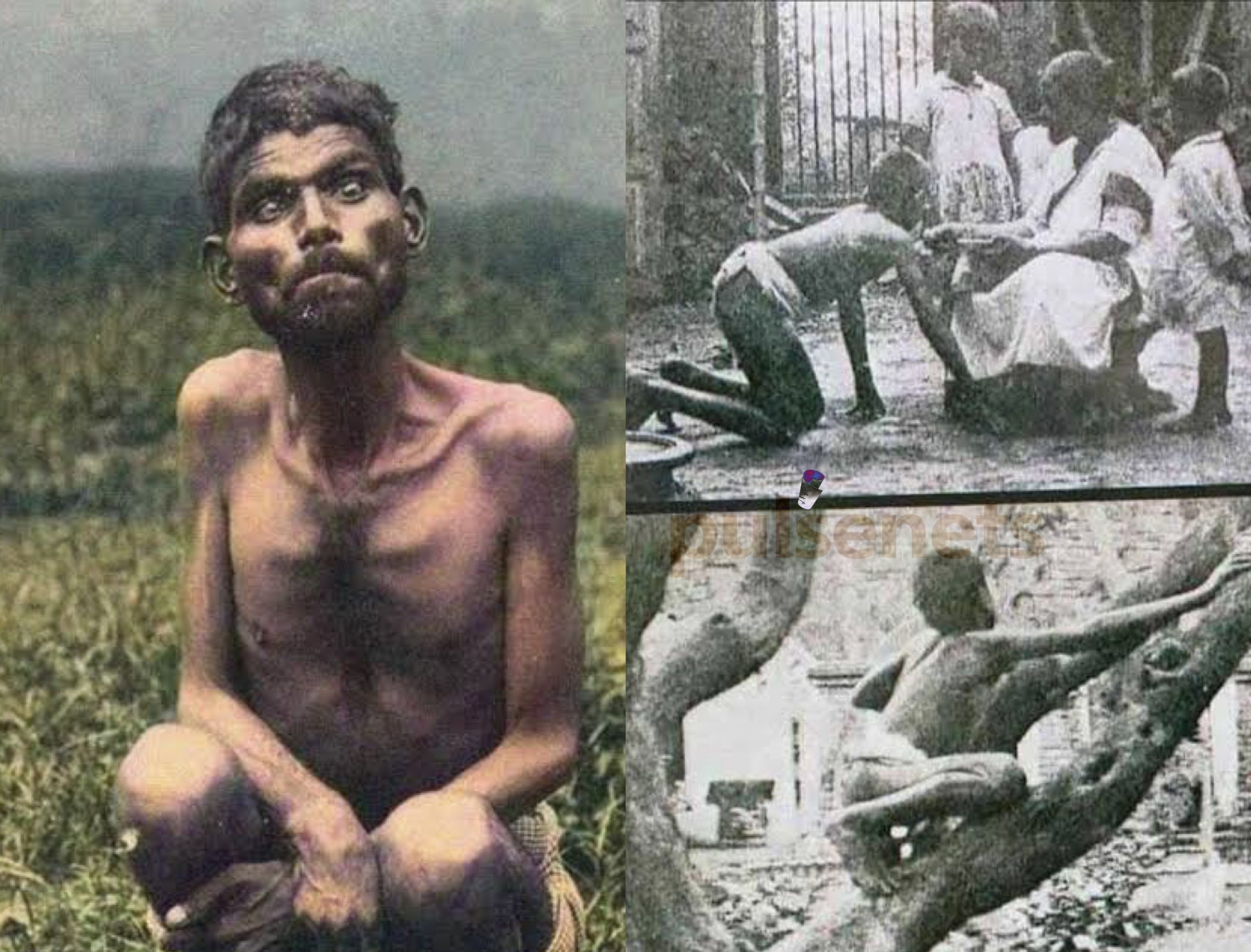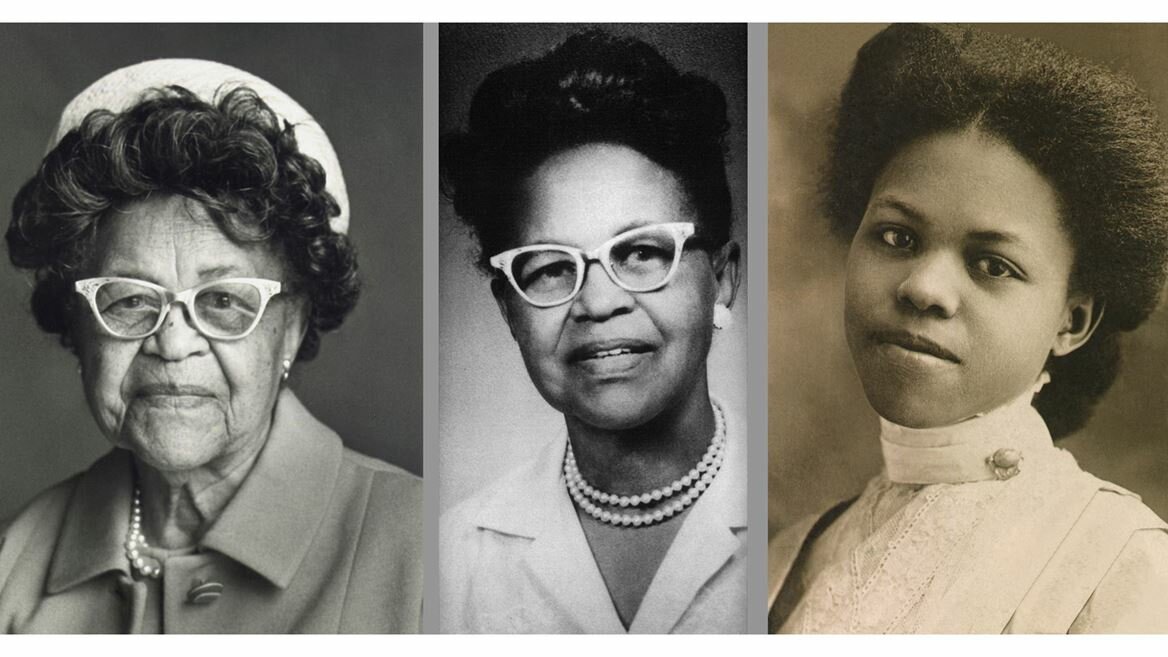Raise By Wolves: The Intriguing Tale of Feral Child Dina Sanichar; The Real-Life Mowgli
Found in the late 19th century in Uttar Pradesh, India, Dina Sanichar was a child who was raised by wolves in the depths of the Indian jungles.
His remarkable story is widely believed to be the inspiration for Rudyard Kipling’s “The Jungle Book”.

Dina’s story gives us a unique look into human behaviour, the effects of isolation on the brain, and the debate between nature and nurture.
Dina’s life not only captured the imagination of the public but also helped anthropological and psychological research, continuing to impact how we understand the role of socialization in early childhood development.
Exploring human wild child cases like Dina Sanichar offers a unique glimpse into the raw intersection of nature and nurture, and shows us that there is a very thin line that separates us from our animal instincts.
The Boy In The Forest
Our story begins In 1872 when a party of hunters was venturing through the dense Sal forests of Uttar Pradesh, an area that was known for its remote wilderness and its diverse and dangerous wildlife.
The hunters were on the trail of a wolf they had been tracking for several days. They tracked the wolf to a secluded cave nestled deep in the forest.
Knowing that the wolf was inside, the hunters staked out the cave, waiting patiently. To their surprise, what emerged was not a wolf, but a boy. He had long and matted hair and dirt-caked skin, but he was definitely a human boy.
The hunters were shocked to see that the feral child was not being harmed by the wolves, in fact, they were treating him like one of their own. The boy ran on all fours, growled, and mimicked the wolves in every way.
The hunters could not leave the boy here in the wilderness, so they decided to rescue him. But it wouldn’t be easy. The wolves were very protective of the child. After a tense standoff, the hunters managed to isolate the boy from the pack and bring him safely out of the cave.
Dina Sanichar And Rudyard Kipling
As Dina Sanichar’s story captivated the nation, his incredible story reached the ears of author Rudyard Kipling, who spent many years in India and was familiar with local tales. It is widely believed that he may have drawn inspiration from the wild child’s story for his famed character, Mowgli, in “The Jungle Book.”
Rudyard Kipling’s Mowgli, a feral child raised by wolves in the jungles of India, shares striking resemblances with Dina Sanichar.

Both were discovered living among wolves and had to struggle with the transition to human society. Minus the fantasy elements, the narrative of a child surviving and thriving in the jungle, as portrayed in Kipling’s work, mirrors a lot of Dina’s real-life experiences.
Differences Between Fiction And Reality
While Mowgli’s tale is a fun-filled adventure with talking animals and moral lessons, Dina’s reality was marked by isolation, malnourishment, and the difficult process of integrating into civilization.
Mowgli, as Kipling writes, adeptly maneuvers through the dangers of the jungle with wisdom and courage, often outsmarting the animals and humans he encounters.
But the harsh reality was that Dina’s integration into human society was not easy, and he never fully overcame the primal instincts ingrained during his early years in the wild.
Interaction With Other Humans
After Dina Sanichar was rescued, he was taken to Sekandra Orphanage, where he began his journey to be reintroduced into human society. His initial interactions with the other children at the orphanage were difficult.
He was Accustomed to the non-verbal, instinct-driven communications of his wolf family; The structured and verbal interactions of humans were foreign to him.
He often became confused and frustrated when overwhelmed by the bustling environment of the orphanage. Loud noises startled him, and he would frequently retreat to quieter corners.
While Dina never fully gained the ability to speak, his non-verbal communication improved, and he began to express a range of emotions more clearly.
It was noted that he could convey gratitude, pleasure, and displeasure, showing particular fondness for those who treated him with kindness.
A few of his caregivers managed to form a bond with him, who noted that he could show affection and even protective instincts toward individuals he trusted.
Initial Dietary Adjustments
When Dina first arrived at the orphanage, he had been so accustomed to a diet of raw meat that he rejected cooked food outright. The caregivers at the orphanage had to come up with a strategy to gradually transition him to human food.
Introduction of Soft Cooked Foods: They began by introducing softer, cooked foods that were easier to eat and digest. This included boiled eggs and soft-cooked vegetables.
Mixing Raw and Cooked Meat: To help him adjust, the caregivers initially mixed small amounts of cooked meat with raw meat, gradually increasing the proportion of cooked meat as he began to accept it.
Incorporating High-Protein Foods: Because he was used to a high-protein diet in the wild, the orphanage made sure that Dina’s new diet was rich in proteins.
Psychological Insights
Dina Sanichar’s unique upbringing among wolves provided psychologists and anthropologists with a rare opportunity to study the impact of extreme isolation on human development.
His case continues to be studied as an example of the effects that the environment has on behavioral and psychological outcomes.

As psychologists studied Dina’s behavior and gradual adaptation to human society, it provided them with valuable data for understanding feral children.
Thanks to Dina’s case, psychologists have a better understanding of how important language development and social behavior are at an early age.
They concluded that the lack of human contact during Dina’s formative years has impaired his ability to learn a language and fully integrate socially.
Dina’s life is also a great example of the psychological effects of extreme isolation. His inability to communicate through verbal language or understand social cues shows how important early human interactions are to our overall development.
Psychologists have used his story to better understand how humans and feral children in particular, can relearn behaviors that were not learned during their formative years.
Dina’s case is a great example of the age-old argument over nature vs. nurture, proving that both biological factors and the environment in which you are raised shape your behavior and personality.
Historical Context: Children Abandoned In The Woods
While Dina Sanichar’s case is unique, he was not the only child abandoned in the woods during his time. Nineteenth-century India was not an easy place to live.
During this time, there were a variety of dire circumstances that would lead to the abandonment of a child.
In some regions of India during the 19th century, extreme poverty, famine, and social upheaval often led families to make desperate decisions.
The economic burden of raising children in this period would compel parents to abandon those they were unable to care for. This was seen as a last resort, but it happened.
In some communities, children born with physical disabilities or under certain astrological signs that were unlucky or cursed were sometimes left in the woods.
These actions were motivated by a mixture of superstition and the harsh stigmatization associated with bad omens they could bring to the family.
The lack of social services and governmental support for vulnerable families further exacerbated these issues. In the absence of orphanages, foster care systems, or social welfare programs, families without the means to provide for all members sometimes resorted to abandonment.
In some cases, community or religious institutions would step in to care for orphans or abandoned children, but their reach and resources were limited.
These institutions were often already overwhelmed with orphans and could not help everyone who needed them.
Dina Sanichar’s Legacy
Dina Sanichar’s life is a fascinating look at the important role our upbringing has on our early development.
His real-life story not only inspired Rudyard Kipling’s character Mowgli in “The Jungle Book,” but also other works of fiction and documentaries, exploring the intriguing overlap between human instincts and animal behavior.
In the academic world, Dina’s case remains pivotal in child development studies, especially in understanding the short learning windows for language and social skills.
His story is a testament to the human brain’s adaptability and resilience under extreme conditions, influencing modern approaches in psychology and education.
Also Read: The Seven Wonders of the Ancient World: Timeless Marvels of Human Ingenuity
It also emphasizes the necessity for early intervention in rehabilitating children who have faced severe isolation or neglect.
But if there is one important lesson to be learned from Dina Sanichar’s story, it’s that Dina’s legacy shows us that our ancient animal instincts are still within us, just beneath the thin veneer of civilization.
Sources
https://allthatsinteresting.com/dina-sanichar
https://mru.ink/dina-sanichar-real-mowgli/
https://www.snopes.com/fact-check/dina-sanichar-real-life-mowgli
https://www.alittlebithuman.com/raised-by-wolves-dina-sanichar/













